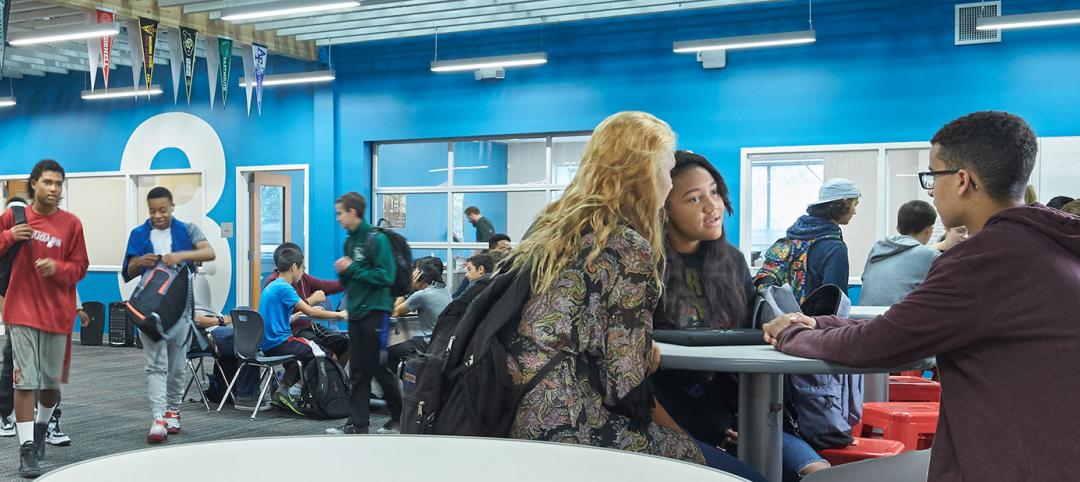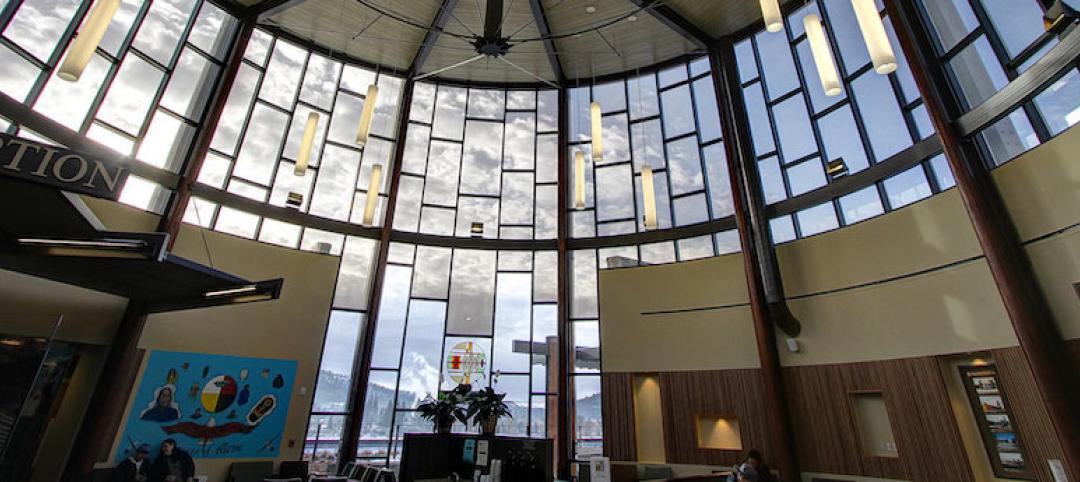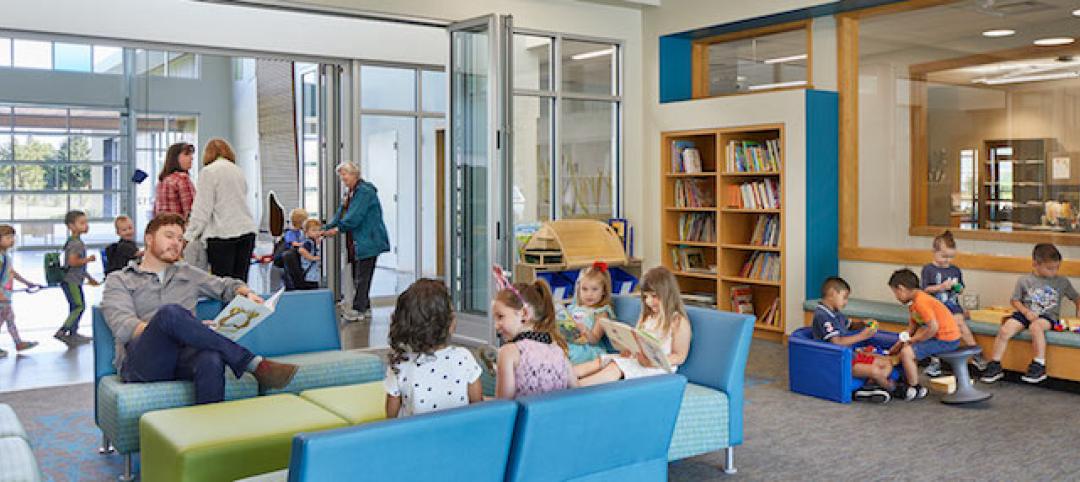I used to think of the places where we work, study, and live as a stage—a backdrop to our lives unfolding before it. What I quickly learned is that, in reality, architecture is an active player in our lives. There is a reciprocal relationship between a person affecting, and being affected by, external forces in their immediate surroundings. It isn’t an overstatement to say that architecture affects all aspects of our being; how we think, feel, act, and even our health.
Now as someone who used to work in campus housing, this got me thinking. I started to wonder, “Is the built environment (typified by most college dorms) enriching or impoverishing the educational experience? How might designers work with campus housing officials to manipulate the environment in order to create a place associated with feelings of safety and inclusion, while promoting physical and mental health?”
That Building You’re In Is Nudging You to Make Certain Choices
Companies like Humanyze are using the same sensors, activity trackers, and social networks pushed on us as consumers to reveal the habits and behaviors of building occupants. What we’re learning is that spaces can be designed to subtly cue us towards certain activities, effectively nudging our behavior in a particular direction. The nudge doesn’t guarantee a behavior or outcome, it acts as a sort of reminder (or in some cases, a warning). This kind of design is often defined as “choice architecture.”

So there was a method behind the madness of Apple Park’s behemoth glass ring by Foster+Partners, Google’s obsession with playful meeting rooms, and Facebook’s town-like campus complete with a main street promenade. Drawing upon performance data using a variety of tools, each project was designed to hasten the pace of sharing ideas, making decisions, and creating new products.
While colleges don’t have Apple’s reported $5 billion budget to play with, there are lessons to be gleaned from these tech giants. Lessons like intentionality, and capitalizing on available resources to capture interaction and communication trends among students.
Examples of Choice Architecture in Campus Housing
Using environmental psychology and choice architecture to help inform the design of campus housing is about maximizing person-environment congruence when support is the goal, or how to seek an appropriate amount of incongruence and challenge when the goal is personal growth. Here are just a few examples of the ways the environment can be engineered as a strategic tool.
1. Wayfinding & Mobility
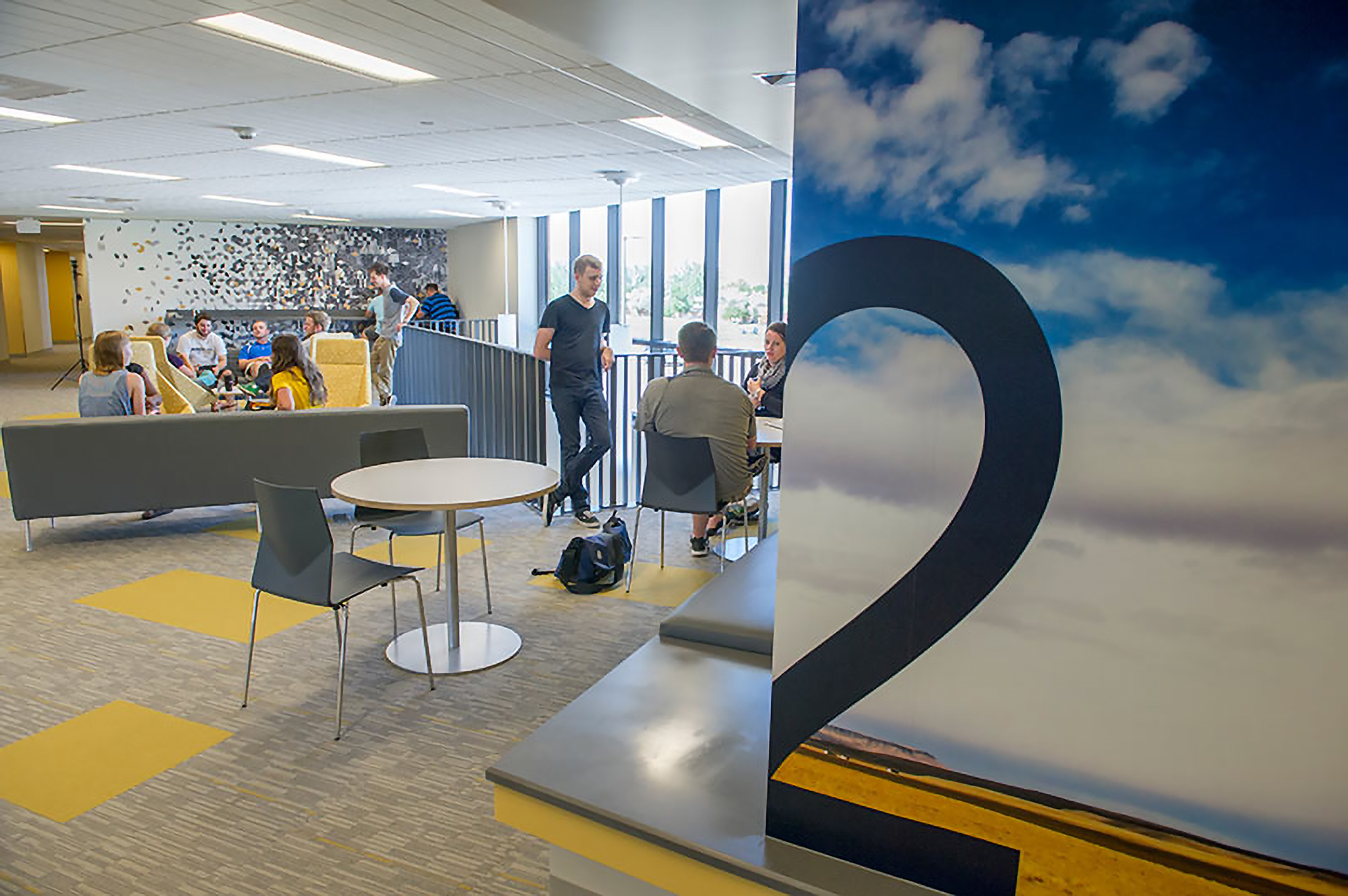
People’s comfort and well-being often rely on freely moving between spaces. Clearly understood pathways and points of entry and egress are critical to fostering mobility and feelings of security, while the absence of these features often breeds confusion and anxiety.
Most people find that wayfinding difficulties and disorientation are highly stressful, even in benign cases when the occupant is merely confused or delayed. Total disorientation and the sensation of being lost can be a frightening experience and can lead to severe emotional reactions including anxiety and insecurity. Self-esteem and assessments of competence may also be affected.
2. Prospect & Refuge
Prospect & refuge can be defined in two parts. “Prospect” refers to the discernment of distant objects and horizons, which were evolutionarily critical in identifying both resources and potential threats. “Refuge” refers to a built or natural environment that provides a secured or protected setting. Some of the most satisfying buildings and landscapes are a perfect mix of these two elements, creating a complementary relationship.
In their studies of spaces featuring prospect & refuge, Terrapin Bright Green notes that such spaces helped users see reduced stress levels, boredom, irritation, and fatigue, and increased comfort and perceived safety, as well as improved concentration and attention.
3. Views & Vistas
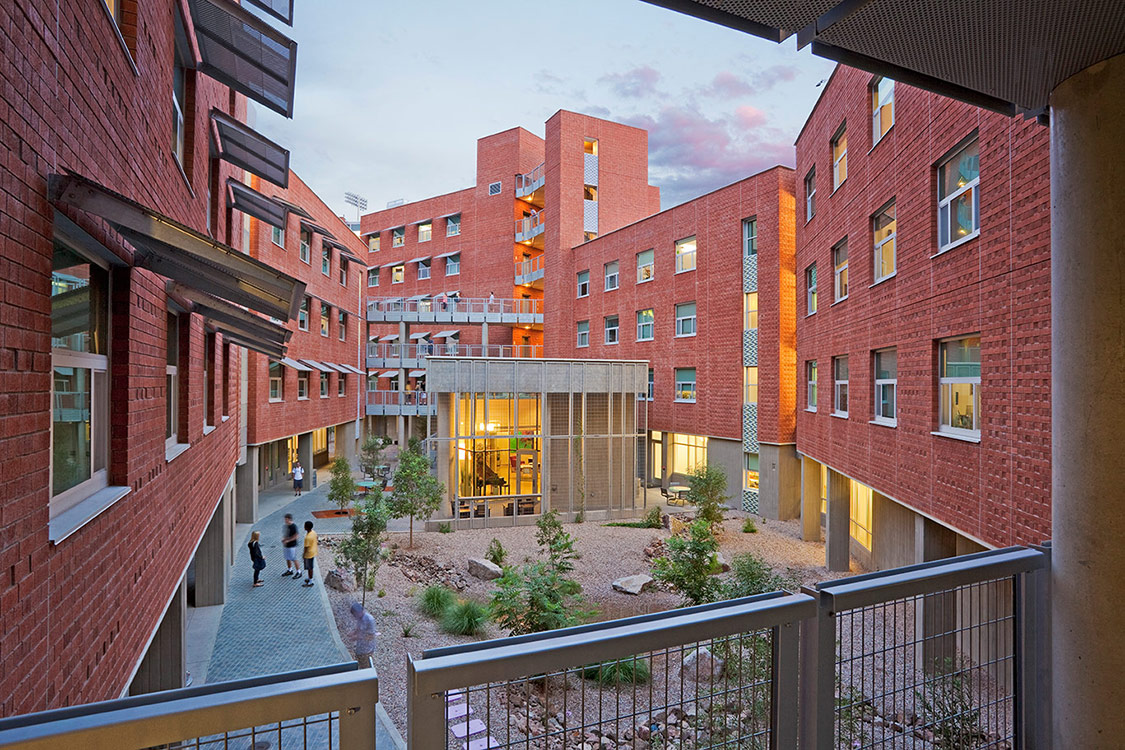
Views & vistas, or a visual connection to nature, points to the natural human preference for exterior views, namely those that include natural features and vegetation. Scale is of utmost importance with this element—the view cannot be out of scale or proportion, it must be comfortable, easily digestible for the human experience.
Users of spaces with views of nature often exhibit lowered blood pressure and heart rate, improved mental engagement and attentiveness, as well as positively impacted attitude and overall happiness.
4. Ecological Connection to Place

People are sustained by a positive connection to ecology, particularly watersheds, mountains, deserts, rivers & oceans. The goal of the built environment should be to add value to the surrounding natural systems. When humans experience this Connection to Natural Systems within the built environment, they often exhibit enhanced positive health responses, as well as a shift in perception of the environment.
5. Building Height
In the 1980s researchers compared high-rise and low-rise residence halls. They consistently found that students were more dissatisfied with high-rise halls because the size of the building created a perception of greater social density and crowding.
6. Corridor Length

A number of studies in the 1970s and 1980s that focused on corridor length all essentially arrived at the same result: Students living in residence halls with long corridors were less satisfied, expressed greater feelings of crowding, felt more isolated, reported fewer relationships, and had fewer social mechanisms for coping with complex social environments.
Concluding Thoughts
The student’s residence is probably the most important and pervasive environmental influence on a student’s persistence in school. When architects and campus housing officials work together to understand and capitalize on a growing understanding of the transactions and interrelationships between people and their physical surroundings, we stand to enrich the overall educational experience.
More from Author
NAC Architecture | Apr 11, 2024
The just cause in behavioral health design: Make it right
NAC Architecture shares strategies for approaching behavioral health design collaboratively and thoughtfully, rather than simply applying a set of blanket rules.
NAC Architecture | Aug 4, 2022
Faculty housing: A powerful recruitment tool for universities
Recruitment is a growing issue for employers located in areas with a diminishing inventory of affordable housing.
NAC Architecture | Feb 24, 2020
Design for educational equity
Can architecture not only shape lives, but contribute to a more equitable and just society for marginalized people?
NAC Architecture | Aug 22, 2019
Holistic wellness: What we can learn from Native American healthcare practices
Are there existing organizations that have already addressed some of these issues that we can study and learn from?
NAC Architecture | Dec 7, 2018
Planning and constructing a hybrid operating room: Lessons learned
A Hybrid operating room (OR) is an OR that is outfitted with advanced imaging equipment that allows surgeons, radiologists, and other providers to use real-time images for guidance and assessment while performing complex surgeries.
NAC Architecture | Nov 7, 2018
Designing environments for memory care residents
How can architecture decrease frustration, increase the feeling of self-worth, and increase the ability to re-connect?
NAC Architecture | Oct 8, 2018
One size doesn't fit all: Student housing is not a pair of socks
While the programming and design for these buildings all kept a holistic living/learning experience at the core, they also had amazingly different outcomes.
NAC Architecture | Sep 12, 2018
Security vs. 21st century learning: We shouldn’t have to choose
In order to effectively talk about school design, we need to start by understanding what a school is designed to do.
NAC Architecture | Jul 6, 2018
Building for growth: Supporting gender-specific needs in middle school design
Today, efforts toward equity in education encompass a wide spectrum of considerations including sex, gender identity, socio-economic background, and ethnicity to name a few.
NAC Architecture | May 29, 2018
Will telemedicine change the face of healthcare architecture?
Telemedicine is a broad term that covers many aspects and mediums of care, but primarily it refers to the use of video monitors to allow a virtual face to face consultation to take place.




